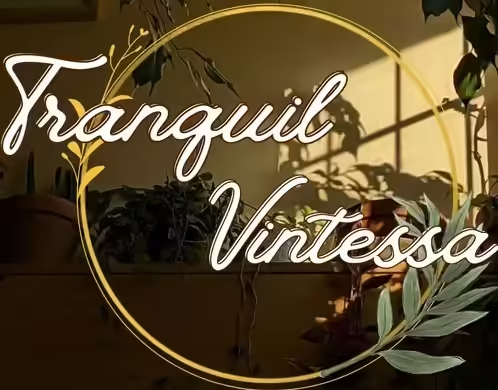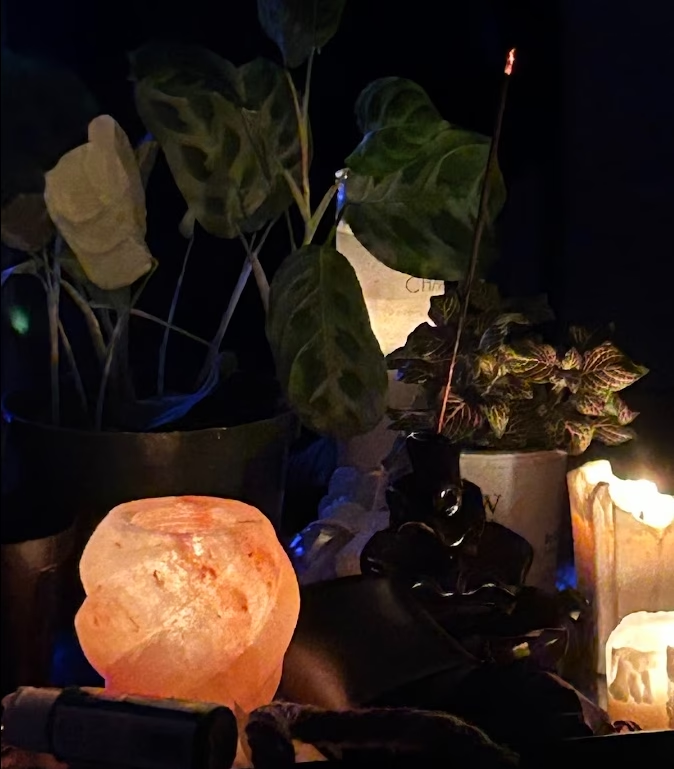When you think of slow living, what comes to mind? Is it a relaxing morning routine, a life with no work, or time to hike every day? Most people believe slow living involves a drastic change that feels unattainable. Slow living often seems like a luxury when you’re juggling work, school, family, and personal goals. But what if I told you that you could adopt a slow living lifestyle without moving to the forest? It’s possible—and easier than you think.
I embraced a slow living mindset during the pandemic, and it was one of the best decisions for my mental well-being. People often ask, “How do you stay so calm and unhurried? You always seem at ease.” Today, I’ll share my approach with you.
What Is Slow Living?
Slow living is about embracing and enjoying the moments as they come, rather than rushing to the next thing without appreciating the present. At its core, the slow living movement encourages taking time to savor life as it is. This philosophy looks different for everyone: for some, it might mean lingering over a morning cup of coffee; for others, it could involve carving out time for a daily walk or quiet reflection.
Simplify Your Life by Doing Less
We live in a world where “more” is often seen as better. More clothes, more money, more experiences. But in the constant chase for “more,” we lose sight of what truly matters. Simplify your life by focusing on what you already have and doing less. Enjoy your wardrobe, spend money on meaningful moments, and savor a delicious meal. You’ll often find that what you have is enough.
Detox from the World (As Needed)
Living in a bustling city, I was constantly surrounded by noise and activity, which left me feeling stressed and restless. When I moved to the outskirts, my life became immeasurably more peaceful. My mind quieted, and I reconnected with myself. Not everyone can move out of the city, but you can create moments of stillness wherever you are. Head to a peaceful spot, put your phone on Do Not Disturb, and listen to the sounds of nature—birds chirping, leaves rustling—to calm your mind.
Remove Instant Gratification
From fast food to instant streaming, everything is at our fingertips. Slow living challenges this culture of instant gratification by encouraging us to take things at a slower pace. Focus on the process rather than the outcome. For example, instead of ordering takeout, enjoy the process of cooking a meal. The act of slowing down allows you to immerse yourself fully in the moment.
Reconnect with Nature
Nature operates on its own timeline. Spend time outdoors and observe how everything progresses at its own pace. Whether it’s a walk in the woods, a day at the beach, or simply sitting in your backyard, nature can remind us to slow down and let things unfold naturally. Life is the longest journey you’ll ever take, so take your time and enjoy it.
Embrace the Joy of Simple Pleasures
Shift your focus from fast, fleeting pleasures to static, enduring ones. Instead of rushing through meals, take time to savor them. When learning a new skill or engaging in a hobby, allow yourself to enjoy the process. Slow living is a mindfulness practice at its core. It’s about fully immersing yourself in the moment and finding joy in the journey.
Final Thoughts
Slow living is not a new concept; it has been around for centuries. While the practices may have evolved, the philosophy remains the same: take time to focus on the present, identify what matters most to you, and enjoy life. It doesn’t have to be extravagant. Even taking a few deep breaths before bed or listening to music during your downtime can help you slow down and embrace life.
I hope this guide inspires you to explore slow living. For more tips and insights, check out a similar post here. Thanks for reading, and I’ll see you next time.
All the best,
Kimberly Rae
With love & moonlight,
Vintessa
Sacred musings | Mystic practices | Soft heart, wild spirit

